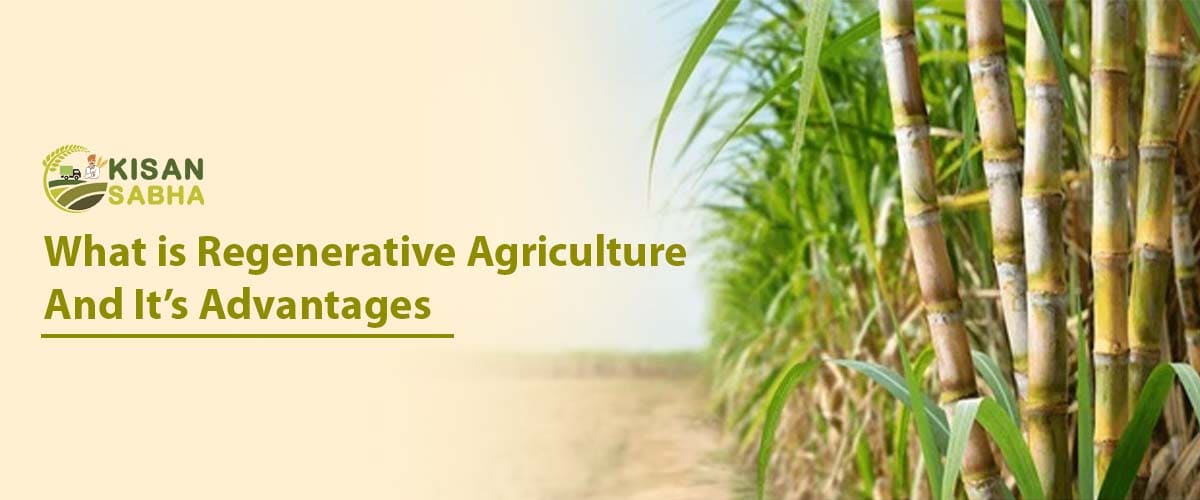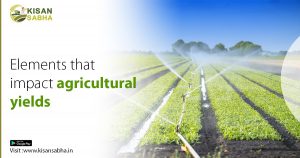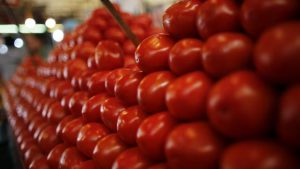Regenerative agriculture is an essential agricultural strategy providing advantages over traditional natural or organic crops. This method focuses on building healthy soils without synthetic fertilizers or tilling, which produces quality crops and helps remove carbon dioxide from the atmosphere. While consumers generally seek affordable, high-quality groceries, and natural foods are known for their health benefits, regeneratively grown ingredients provide additional advantages for both environmental and family well-being.
However, finding food items produced through regenerative farming practices can be challenging in regular stores. Regenerative food items are difficult to locate in stores. Regenerative farming is a method of comprehensive land management. Crop rotation, cowl cropping, composting, animal pasturing in conjunction with vegetation, and no tilling are some of the techniques employed. These solutions contribute to the fight against climate change by sequestering carbon in the soil while also providing nourishing plants.

While traditional agriculture contributes heavily to climate trade, regenerative farming allows us to solve the problem. This farming prioritizes soil health, which improves soil fertility and carbon cycles, reduces soil erosion and water pollutants, boosts soil water-conservation capabilities, and results in healthier plants, higher yields, and more robust microbial communities.
Regenerative agriculture is distinguished by a reduction in the use of synthetic fertilizers and pesticides, a reduction in tillage, the integration of animals, and the use of cover vegetation.
Regenerative Agriculture Follows the Following Ideas:
- Conservation tillage reduces soil dispersion.
- Diversify crops to restore nutrients and disrupt insect and disease lifecycles.
- Using cover crops, you may keep soil cover.
- Integrate livestock, which contributes manure to the soil and acts as a carbon sink.
- Permanent pastures may capture enormous amounts of carbon and water, lowering agricultural emissions and contaminated runoff. Healthy soil protects land from flooding and drought and gives increased nutrient density to crops.
Overall, regenerative agriculture enhances the health of the environment, beginning with soil fertility, via a comprehensive systems approach that incorporates animal, farmer, and community health. It increases resilience and mitigates the consequences of extreme weather induced by climate change.
Also Read:- Pros And Cons Of Regenerative Agriculture
The Advantages of Regenerative Farming
Let’s look at the advantages of regenerative farming.
- The climate:- It minimizes emissions by sequestering carbon and improving crop resilience to climate shocks.
- The state of the soil:- It increases soil fertility by increasing biomass production, reducing soil deterioration.
- Resource Utilization Efficiency:- Increased nutrient use efficiency (NUE) boosts agricultural productivity and optimizes land use efficiency, while enhanced water use efficiency relieves demand on freshwater sources.
- Biodiversity:- More variety rotation and lower pesticide use promote biodiversity on farms, while increased crop yields imply that more natural areas may be conserved rather than destroyed for agriculture in some circumstances.
- Prosperity:- Regenerative agriculture enhances farmer livelihood over time by lowering costs, increasing crop output and quality, and increasing resilience to market volatility and harsh weather events. It also creates new green revenue sources for farmers, such as compensating them for carbon capture and storage in the soil.
Also Read:- Cost-Saving Strategies for Commercial Farm
What Distinguishes Regenerative Agriculture from Other Comparable Practices?
Sustainable agriculture assures food production whilst additionally making farming economically possible and improving farmers’ first-class of life. However, the period sustainable’ means that the popularity quo can be maintained. Sustainable agricultural practices strive to use only available resources.

Another alternative, agroecology farming, is similar to sustainable agriculture. It is a comprehensive strategy that allows for interactions among plants, animals, humans, and the environment. It improves food system equality by giving people control over both production and consumption.
Conservation agriculture promotes sustainable land management, environmental preservation, and adaptation and mitigation to climate change.
It requires 20 to 50% less work and leads to fewer greenhouse gas emissions through lower energy inputs and higher fertilizer usage efficiency. It also stabilizes and protects soil against deterioration and carbon release into the atmosphere.
Zero tillage, crop variety, and rotation are the three pillars of conservation agriculture. These assist in conserving soil organic matter and moisture, which helps to inhibit weeds, protect soil from the effects of harsh weather patterns, and prevent soil compaction.
It supports nutrient cycling and increased plant nutrition, as well as pest and disease protection.
Agroecological farming, opportunity agriculture, biodynamic agriculture, carbon farming, inclusive nature farming, conservation agriculture, inexperienced agriculture, natural regenerative agriculture, and sustainable agriculture are all terms used to describe regenerative agriculture.
Conclusion
However, regenerative agriculture is a fluid concept considering there’s a nobody-length-fits-all approach to soil regeneration. It is based totally on the perception that healthful soils are the cornerstone of regenerative agriculture. Plants deliver liquid carbon to soil bacteria through photosynthesis. Microbes also feed plants with minerals such as potassium, iron, calcium, and others that help them develop and stay healthy, resulting in nutrient-rich food for animals and people. As a result, it is critical to promote and expand regenerative agriculture.





